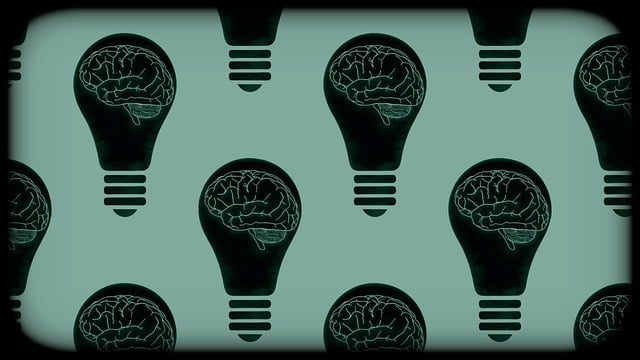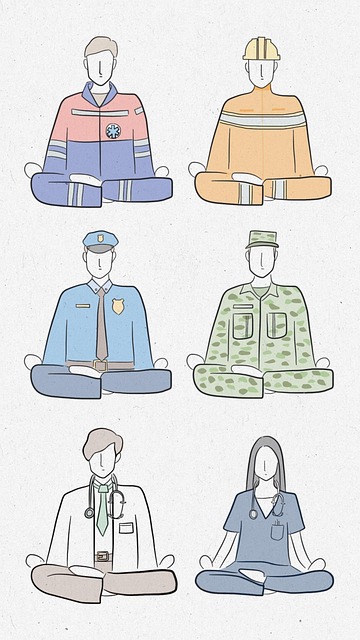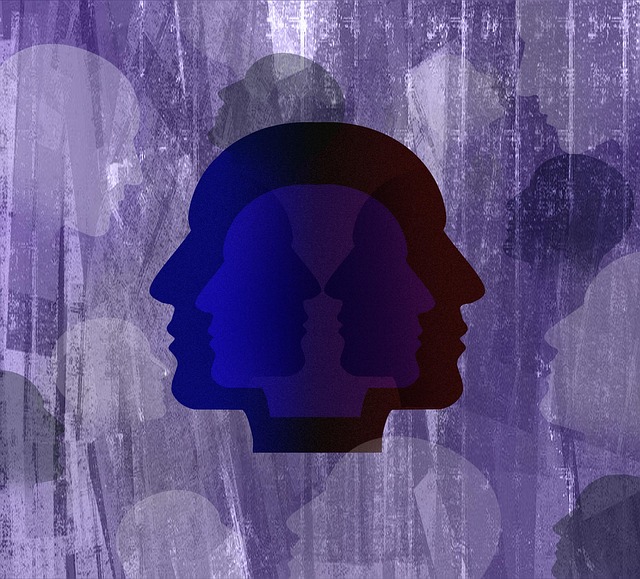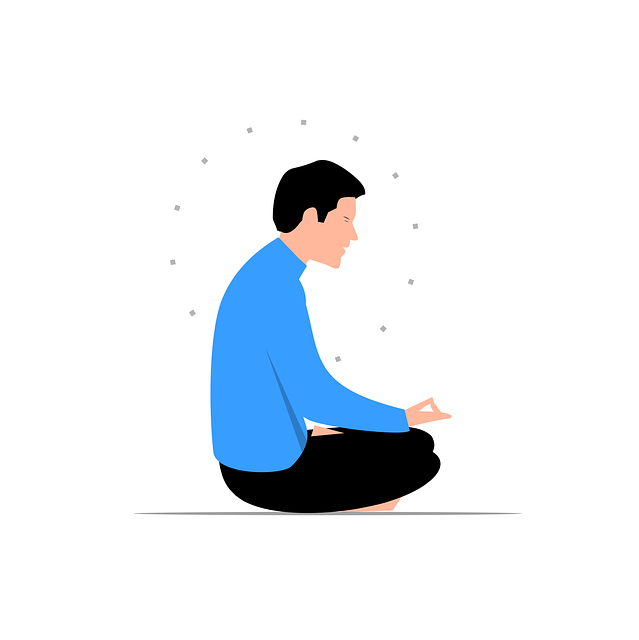Mindfulness meditation is a powerful tool for ADHD/ADD management, improving focus, reducing impulsive behaviors, and fostering emotional regulation. Starting with short sessions, individuals can tailor their practice through various techniques like guided visualizations or breathing exercises to suit their unique needs. Regular mindfulness integration into daily routines enhances overall well-being, especially through programs like Superior ADD-ADHD Evaluations Therapy, which combines mindfulness with traditional methods. Progress tracking involves self-assessment and adjusting the practice as needed, focusing on cultivating awareness for improved mental health and resilience.
Mindfulness meditation offers a powerful tool for managing Attention Deficit Disorder (ADD) and Attention Deficit Hyperactivity Disorder (ADHD), providing a calm focus amidst chaos. This article guides you through the essentials of mindfulness practice, from understanding its benefits for ADD-ADHD to setting achievable goals. Learn practical techniques to boost concentration, seamlessly integrate mindfulness into daily life, and track your progress. Discover how superior ADD-ADHD evaluations and therapy can enhance your meditation journey, leading to improved focus and overall well-being.
- Understanding Mindfulness Meditation for ADD-ADHD
- Setting Realistic Goals for Your Practice
- Techniques to Enhance Focus and Concentration
- Incorporating Mindfulness into Daily Routines
- Tracking Progress and Adjusting Your Practice
Understanding Mindfulness Meditation for ADD-ADHD

Mindfulness meditation has emerged as a powerful tool for individuals with Attention Deficit Hyperactivity Disorder (ADHD or ADD), offering a unique approach to managing symptoms and improving overall mental wellness. This ancient practice focuses on training the mind to be fully present in the current moment, thereby enhancing one’s ability to concentrate and reducing impulsive behaviors. For ADHD sufferers, mindfulness can provide a much-needed respite from the constant mental chatter and restlessness that often characterize their experiences.
By incorporating mindfulness meditation into their daily routines, individuals with ADD-ADHD can develop resilience against symptoms like inattention and impulsivity. This form of therapy encourages people to observe their thoughts without judgment, fostering a deeper understanding of their minds. As a result, they learn to respond rather than react to challenging situations, leading to improved decision-making and emotional regulation skills. Moreover, mindfulness has been shown to increase focus and concentration, enabling individuals with ADHD to better engage in various aspects of life, including work, education, and social interactions. Superior ADD-ADHD evaluations therapy often incorporates mindfulness techniques alongside traditional therapeutic methods to promote holistic development and enhanced mental wellness coaching programs.
Setting Realistic Goals for Your Practice

Setting realistic goals is a crucial step in establishing a mindful meditation practice, especially for those navigating ADD/ADHD through therapy. When beginning your journey, start small and focus on achievable milestones. Instead of aiming for hours of daily practice, begin with just 5-10 minutes. This manageable goal allows you to develop a consistent routine without feeling overwhelmed. Over time, as you cultivate emotional well-being promotion techniques and gain self-awareness exercises through superior ADD-ADHD evaluations therapy, you can gradually increase the duration of your meditation sessions.
Cultural sensitivity in mental healthcare practice reminds us that everyone’s path is unique. What works for one person might not be suitable for another. Be mindful of your body’s responses and adjust your practice accordingly. Consider incorporating diverse techniques to make meditation an enjoyable experience. For instance, some find guided visualizations or music beneficial, while others prefer silent contemplation. By setting realistic goals and tailoring your practice to your needs, you’ll foster a deeper connection with yourself and enhance the positive impact on your overall mental health.
Techniques to Enhance Focus and Concentration

Mindfulness meditation is a powerful tool to enhance focus and concentration, benefiting those with or without attention-related conditions like ADD/ADHD. By cultivating present-moment awareness, individuals can improve their ability to direct attention towards tasks at hand. Techniques such as mindful breathing exercises, where one focuses on the inhalation and exhalation, help calm the mind and strengthen concentration. This practice allows individuals to recognize when their thoughts wander and gently guide their attention back, fostering better mental discipline over time.
Incorporating mindfulness into daily routines can significantly contribute to improved focus. Mental Health Education Programs Design often incorporate stress reduction methods, including meditation techniques, to aid in anxiety relief and enhance overall mental well-being. Regular meditation practice has been shown to increase grey matter density in areas of the brain associated with attention and emotional regulation, thus promoting better cognitive function and a heightened sense of awareness, which can be particularly beneficial for managing ADD/ADHD symptoms.
Incorporating Mindfulness into Daily Routines

Incorporating mindfulness into your daily routine can significantly enhance overall well-being and quality of life, especially for those managing conditions like ADD/ADHD through superior evaluations and therapy. It’s not about carving out large chunks of time; rather, it’s about integrating small moments of awareness throughout the day. Start with simple practices such as mindful breathing during commutes or conscious eating without distractions. These brief pauses can help regulate focus, reduce stress, and improve mental clarity.
For healthcare providers, especially those grappling with Burnout Prevention Strategies, mindfulness offers a powerful tool for self-care. By cultivating present-moment awareness, professionals can better manage challenging situations, enhance patient interactions, and ultimately provide more compassionate care. Incorporating mindfulness practices into their daily routines can also serve as Trauma Support Services, fostering resilience and promoting emotional healing.
Tracking Progress and Adjusting Your Practice

Tracking progress is an integral part of mindfulness meditation practice. Regularly assess your sessions to understand how your mind and body are responding. This can involve noting improvements in concentration, reduced stress levels, or better emotional regulation. However, it’s important to remember that progress isn’t always linear; there will be days when you feel more connected to your practice and others when life’s distractions take precedence. That’s okay! Adjustments are part of the journey. If you notice certain meditations don’t seem to be helping as much as they used to, consider varying your technique, trying different durations, or exploring other mindfulness exercises tailored for specific challenges, such as those recommended in Superior ADD-ADHD Evaluations Therapy.
As you continue, be mindful of any emerging patterns and how your practice can adapt to meet your evolving needs. Incorporating feedback from your experiences into your routine ensures a dynamic and effective meditation journey. It’s not just about achieving stillness; it’s about cultivating awareness that translates into enhanced focus, emotional resilience, and overall well-being—a key aspect of Mental Health Policy Analysis and Advocacy, with potential to contribute to Depression Prevention through proactive self-care. Always be mindful of Cultural Sensitivity in Mental Healthcare Practice when adjusting your practice, ensuring any changes align with your personal cultural context.
Mindfulness meditation, when practiced consistently, can significantly improve focus, concentration, and overall well-being for individuals with ADD-ADHD. By setting realistic goals, employing enhancing techniques, and seamlessly integrating mindfulness into daily routines, it’s possible to achieve a calmer, more productive mindset. Regular tracking of progress allows for adjustments in practice, ensuring continuous improvement. For those seeking superior ADD-ADHD evaluations and therapy, incorporating mindfulness meditation as a complementary approach can be a game-changer, fostering a profound sense of balance and control.










